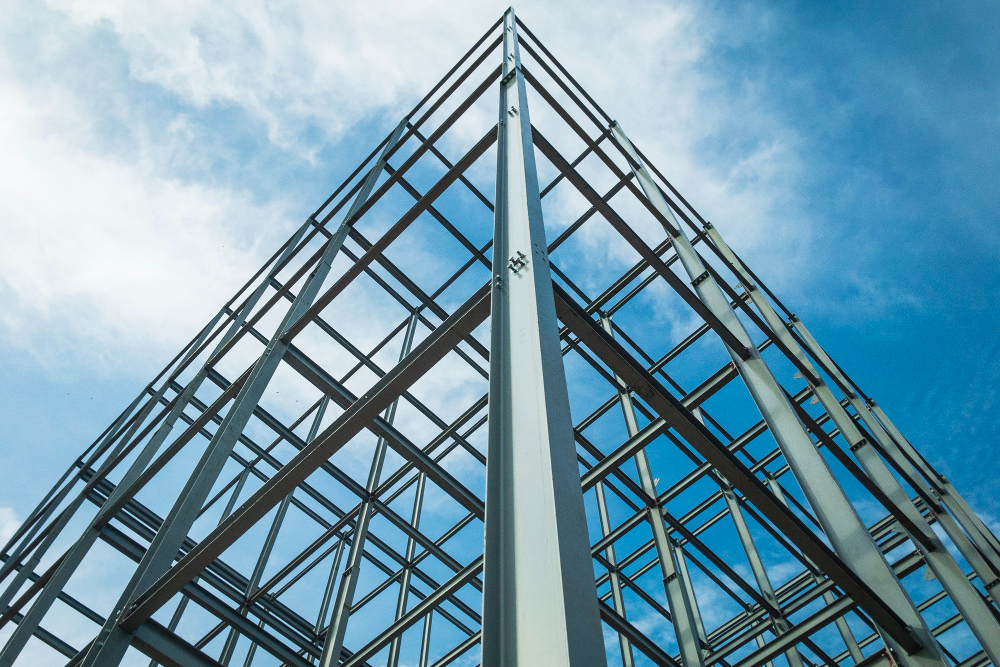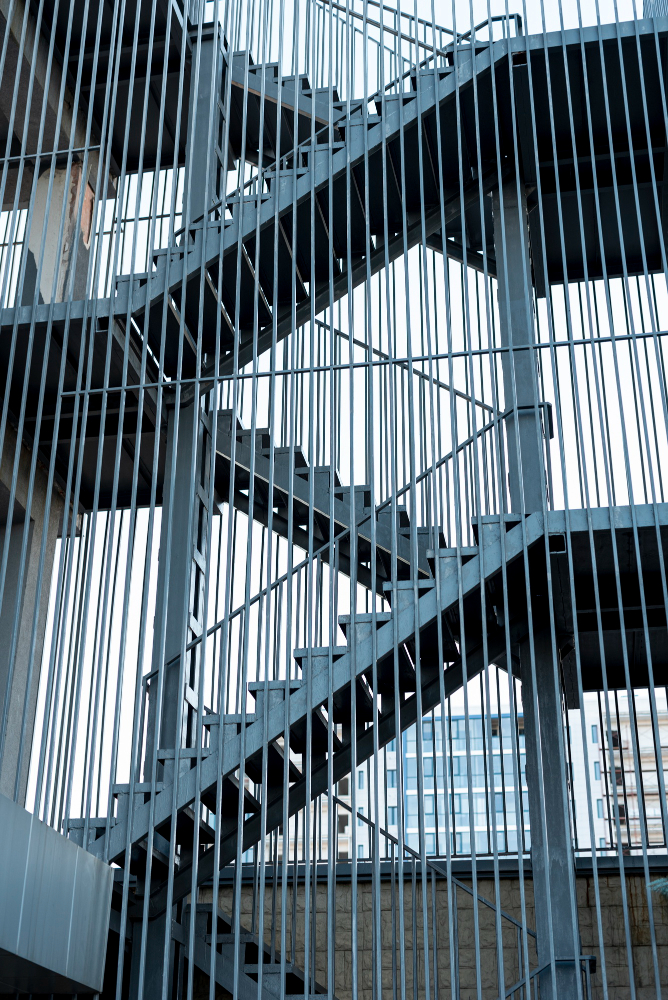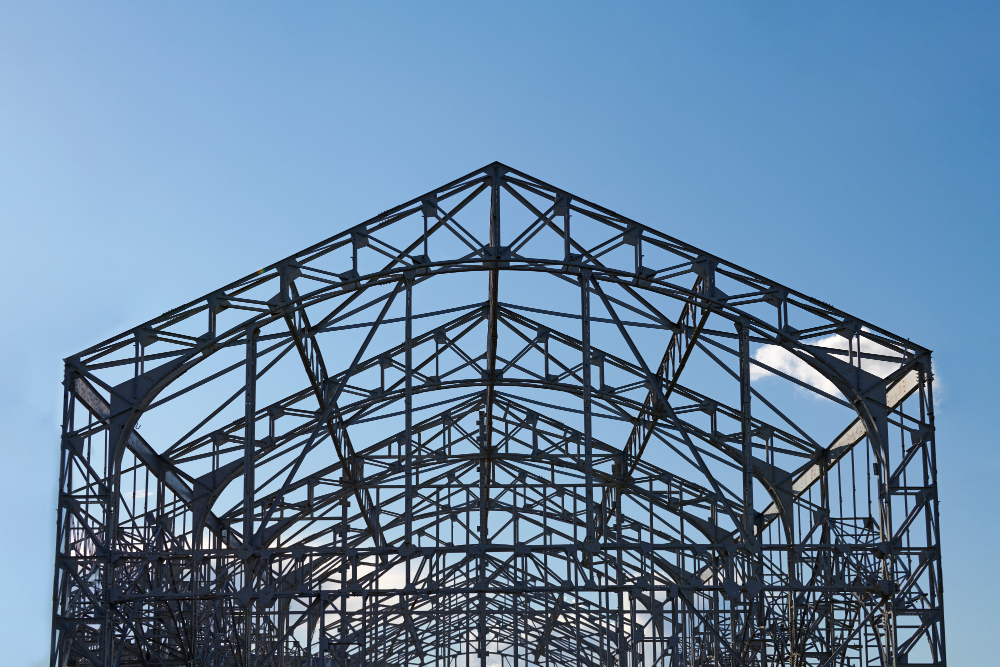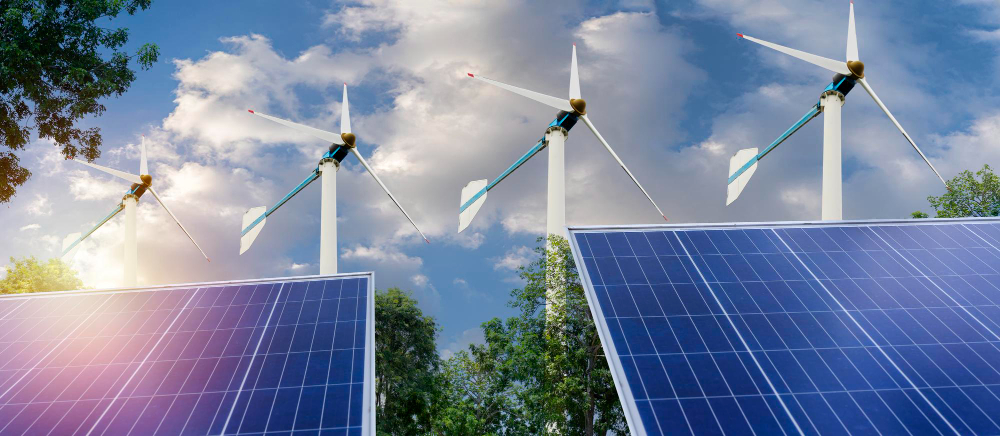Last updated on
The construction industry has been grappling with mounting concerns over environmental sustainability. Particularly in the realm of metal building construction, the question arises: Can sustainable practices be implemented without compromising the integrity and efficiency of the structures?
This exploration delves into the potential of sustainable techniques in metal building construction, navigating the landscape of renewable resources, recycling, energy efficiency, and the resulting impact on both our built and natural environments.
When you think of metal buildings, you may picture large warehouses or industrial structures. So, is it possible for these types of buildings to be sustainable?
Embracing Sustainability in Metal Construction

Yes, it is not only possible but also highly beneficial to incorporate sustainable practices into metal building construction. Metals, such as steel and aluminum, are some of the most recyclable materials on the planet. The majority of these materials can be recycled indefinitely, without losing their strength or durability, making them a perfect fit for sustainable construction practices.
Furthermore, modern insulation techniques can vastly improve the energy efficiency of metal buildings, reducing the carbon footprint of these structures. Therefore, sustainability and metal construction are not mutually exclusive, but rather can complement each other to create structures that are robust, efficient, and environmentally friendly.
Sustainable Techniques in Detail

Incorporating sustainable practices into metal building construction involves several key techniques. First, recycling and reusing metals is a fundamental aspect. By utilizing recycled metals or repurposing existing metal structures, we significantly cut down on waste and resource consumption.
Second, energy-efficient design plays a major role. This can be achieved through the implementation of modern insulation techniques, efficient HVAC systems, and the integration of renewable energy sources such as solar panels.
Lastly, sustainable sourcing of metals is vital. This involves procuring metals from suppliers who adhere to responsible and sustainable mining practices, ensuring a reduced environmental footprint throughout the entire supply chain.
On the flip side, metal buildings offer numerous inherent sustainable advantages. Their durability and strength grant them a longer lifespan compared to traditional building materials. This extended longevity diminishes the necessity for constant maintenance and repairs, leading to reduced waste production over time.
Moreover, metal buildings can be effortlessly disassembled and either reused or recycled at the end of their lifespan, further mitigating their environmental impact.
The Benefits of a 40 x 75 Metal Building

Investing in a 40 x 75 metal building not only provides ample space and durability but also offers significant benefits in terms of sustainability. With its efficient design, this size allows for optimal use of materials, reducing waste and minimizing the carbon footprint during construction.
Additionally, the sturdy structure and energy-efficient insulation options make it an ideal choice for a variety of uses, from commercial warehouses to residential homes.
Furthermore, the lifespan and recyclability of metal make it a sustainable long-term investment that will continue to benefit both the owner and the environment. Getting a 40 x 75 structure for your project not only provides a cost-effective and durable solution but also contributes to sustainable practices in the construction industry.
The integration of sustainable techniques in metal building construction is not only possible but crucial for the future of our planet.
The Role of Government and Industry Initiatives

Government and industry initiatives play a crucial role in driving the adoption of sustainable practices in the metal building construction sector. Policies such as green building codes and incentives for energy-efficient construction propel the industry towards sustainable solutions.
Additionally, certifications like LEED (Leadership in Energy and Environmental Design) serve as a benchmark for sustainability, inspiring constructors to integrate eco-friendly practices. On the industry front, technological advancements are facilitating the development of innovative, sustainable materials and practices.
The combined efforts of government policies and industry innovations ensure a steady progression toward a sustainable future in metal building construction.
Overcoming Challenges in Sustainable Metal Building Construction
While the advantages of incorporating sustainable practices in metal building construction are evident, there are hurdles that must be addressed to encourage widespread adoption. A primary challenge is the limited awareness and understanding of sustainable practices among stakeholders in the construction industry.
This can be alleviated through focused education and training programs that emphasize the long-term economic and environmental benefits of sustainable construction. Another obstacle relates to the initial costs associated with implementing sustainable practices.
However, it is worth noting that these costs can be offset over time through energy savings and reduced maintenance expenses. Furthermore, government incentives and subsidies can further reduce the initial financial burden, rendering sustainable metal building construction a financially viable choice.
With sufficient support and dedication, these challenges can be overcome, paving the way for a sustainable future in the construction industry.
The journey towards sustainability in the metal building construction industry necessitates a two-pronged approach—enhancing awareness and understanding of sustainable practices and addressing the initial financial implications of implementing these practices.
The inherent recyclability and longevity of metal make it a promising material for sustainable construction. Coupled with techniques such as energy-efficient designs, sustainable sourcing, and recycling, metal buildings can significantly reduce environmental impact.
Government policies and industry innovations have a pivotal role in propelling this sustainable shift. While challenges persist, with the right strategies and commitment, the construction industry can indeed forge a path towards a more sustainable future, reinforcing the belief that sustainability and metal building construction can beneficially coexist.
Related reading:
Table of Contents





